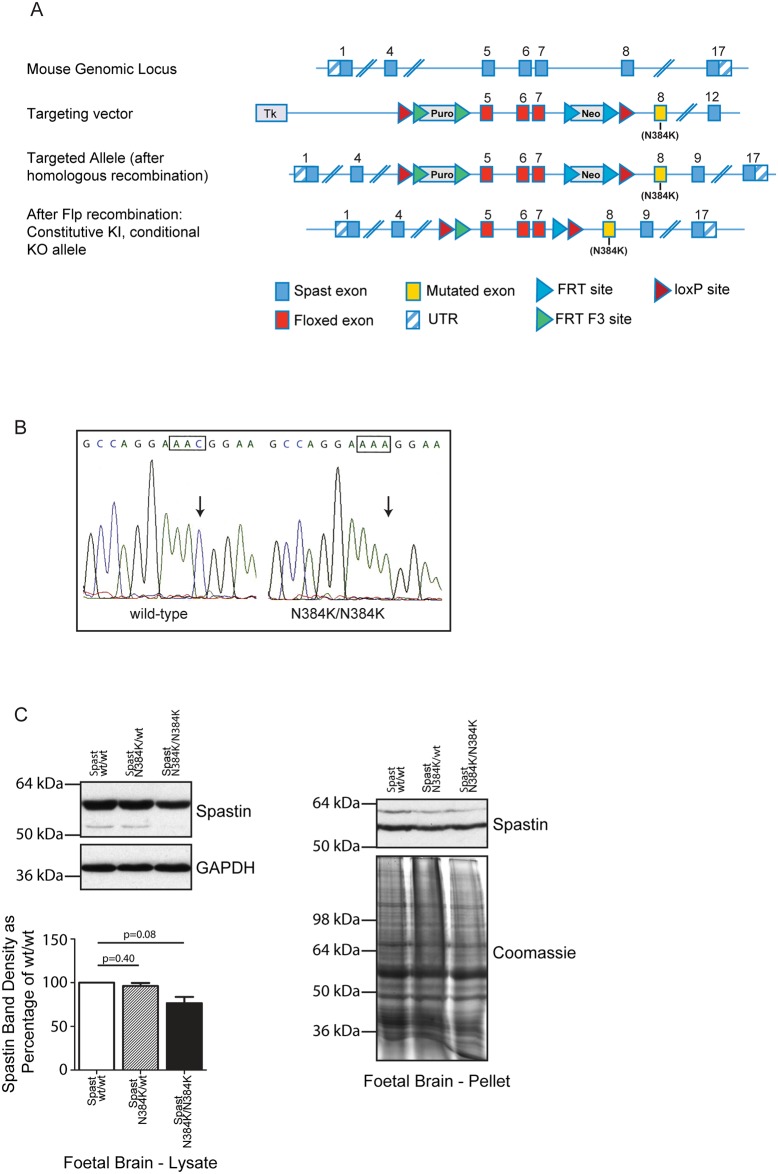Fig 1. SpastinN384K/N384K knock-in mouse generation and validation.
A) Schematic diagram of strategy used to generate spastinN384K allele. Numbering refers to spastin exons. Puro = puromycin resistance cassette, Neo = neomycin resistance cassette, Flp = flippase, FRT = flippase recognition target, UTR = untranslated region. B) DNA sequencing of PCR product generated using primers designed to amplify fragment of spastin exon 8 from genomic DNA of a wild-type mouse and spastinN384K/N384K littermate. C) Immunoblotting versus spastin of lysate or pellet fraction from foetal brain tissue (E17), from mice of the genotypes indicated. The histogram shows corresponding densitometry of the spastin bands in the lysate (n = 3 per genotype, p-values generated by paired t-tests). GAPDH immunoblotting or Coomassie staining serve to verify equal loading of lanes. Size bars indicate molecular weight in kD.

